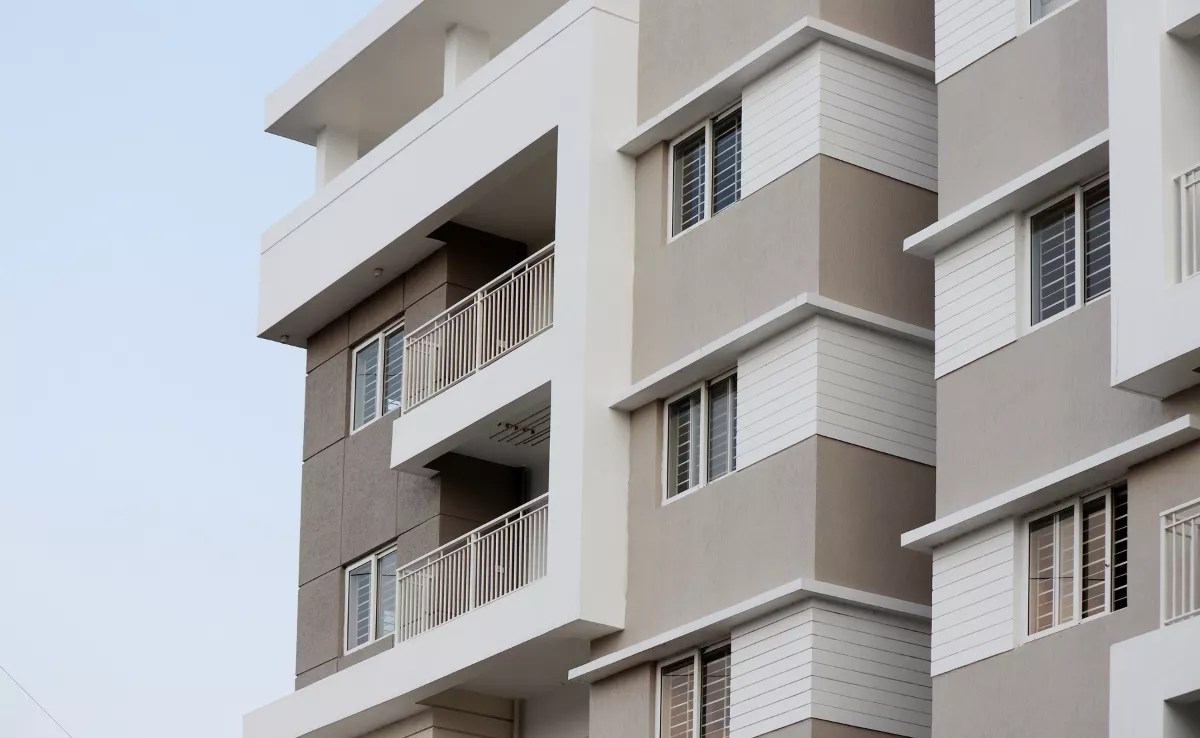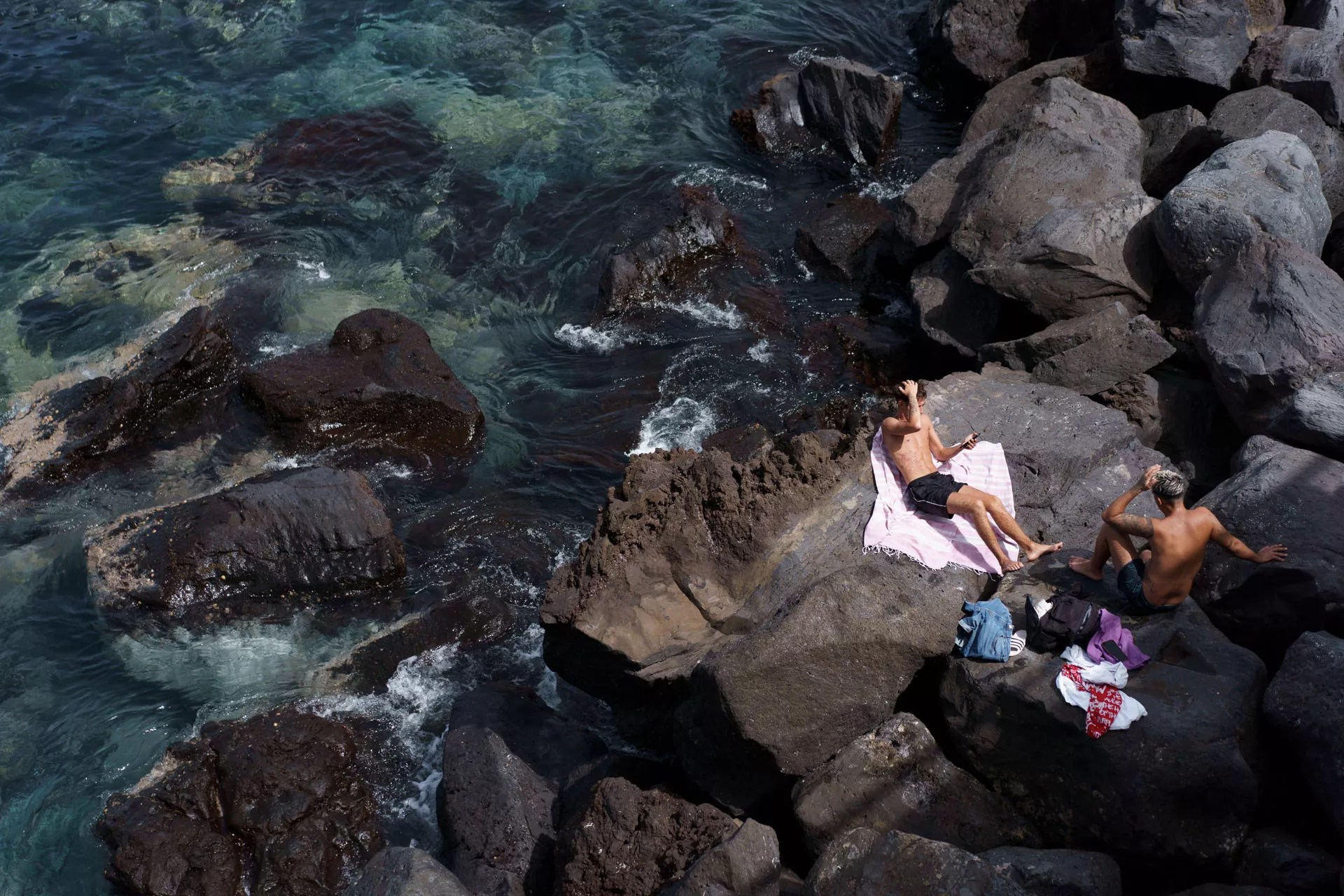
SANTA CRUZ DE TENERIFE, 10th June (EUROPA PRESS) –
The Cabildo of Tenerife is set to allocate around €42.8 million for the establishment of a submarine cable system aimed at delivering a new fibre optic network across all the islands, as per Canalink’s tender, a public entity of the island associated with the Technological Institute of Renewable Energy.
Rosa Dávila, the president of the Cabildo, emphasises in a statement that “this represents a strategic initiative driven from Tenerife for the Canary Islands, not only to modernise and expand the island’s telecommunications infrastructure but also to position us at the forefront of global technological advancement.”
According to her, “this is a crucial milestone to ensure that the Canary Islands possess the essential infrastructure for their future growth, enhancing connectivity and fostering the economic and social prosperity of our islands.”
Dávila also praises the cooperation from all the municipalities, acknowledging their recognition of the pivotal role that these infrastructures play in their regions.
“From the outset, they have engaged their technical teams to optimise and seek synergies, ensuring a historic and effective rollout for the Canary Islands. This inter-island collaboration strengthens the collective commitment to modernise and enhance digital connectivity, establishing a resilient and cutting-edge network that will benefit the entire region,” she highlights.
On the other hand, the Minister of Innovation, Research and Development, Juan José Martínez, elucidates that the new submarine cable system underscores “Tenerife’s Cabildo’s dedication to innovation and sustainable development, guaranteeing that the Canary Islands remain a strategic point in the global telecommunications grid.”
The project receives direct funding from the European Union through the ‘Connecting Europe Facility’ mechanism, which has identified these ventures as eligible for financing, providing up to 70% of the investment in some cases.
The deployment, encompassing both the underwater segment and terrestrial extensions, is a principal feature of the ongoing competition.
SURVEYING, CABLE MANUFACTURING AND DEPLOYMENT
The initiative will progress through three key phases: marine surveying, cable fabrication, and cable installation.
Specialised vessels will be employed for marine surveying, ensuring meticulous and accurate mapping of the underwater paths.
Furthermore, a cable specifically tailored to the distinct characteristics of the seabed in the Canary Islands and the predefined definitive routes will be designed and manufactured.
Subsequently, a deployment vessel will lay the cables connecting the islands, establishing between 7 and 11 inter-island links.
CanaLink, renowned as the leader in telecom infrastructure deployment in the region, will oversee and execute the project, as highlighted by the Cabildo.
The new submarine cable system marks the first significant upgrade of the inter-island network in over a decade and aims to modernise the existing infrastructure between Gran Canaria, Lanzarote, and Fuerteventura, whose current cables are over 20 and 30 years old, respectively.
Additionally, the tender includes, as an optional agreement, the installation of a cable system in the western province to connect Tenerife with El Hierro, La Gomera, and La Palma.
On this matter, Juan José Martínez mentions that “if the entire project comes to fruition, all the islands would benefit from an up-to-date connection simultaneously, a vital aspect in the digital era.”
















